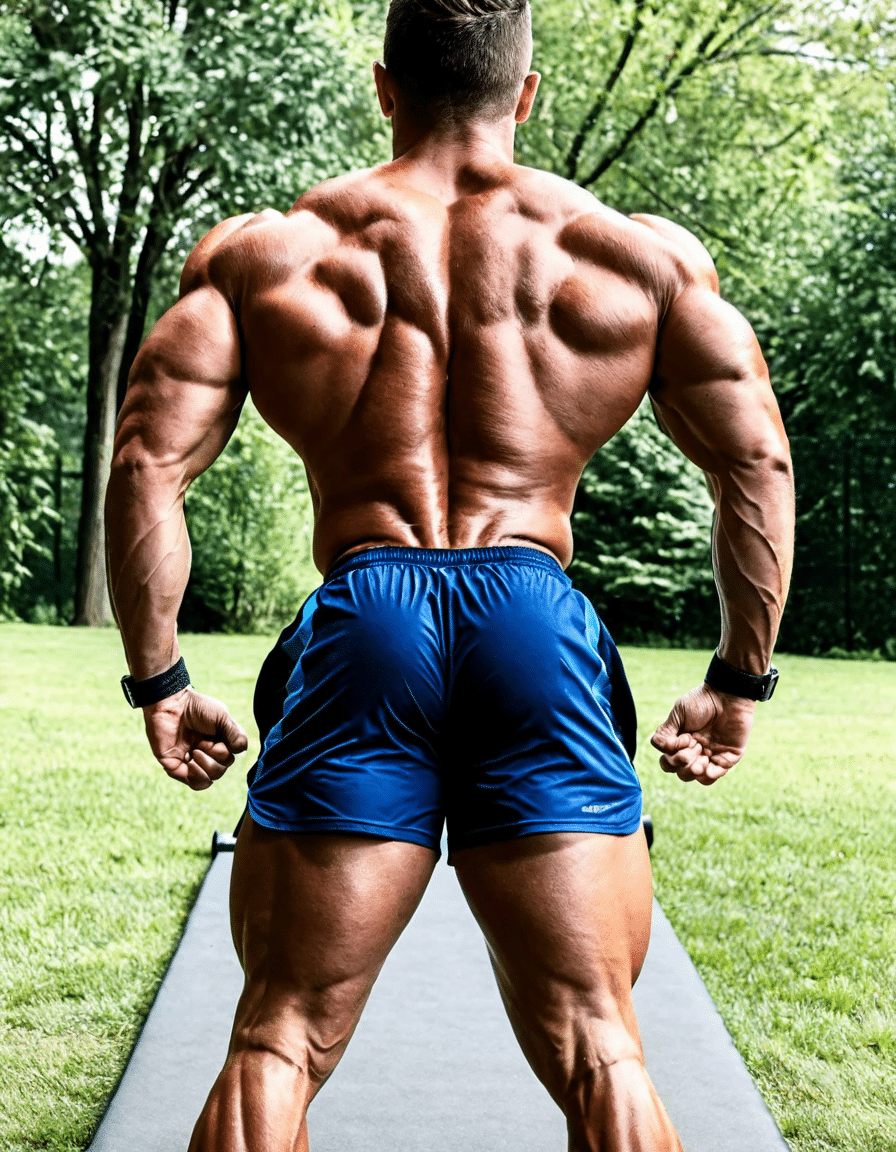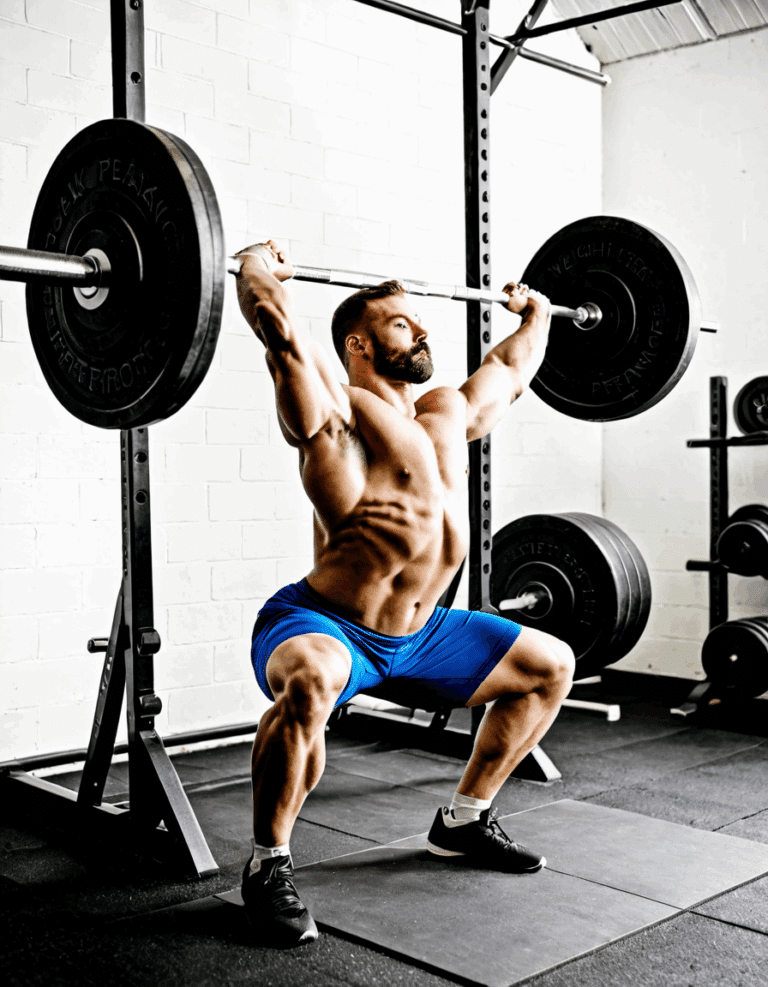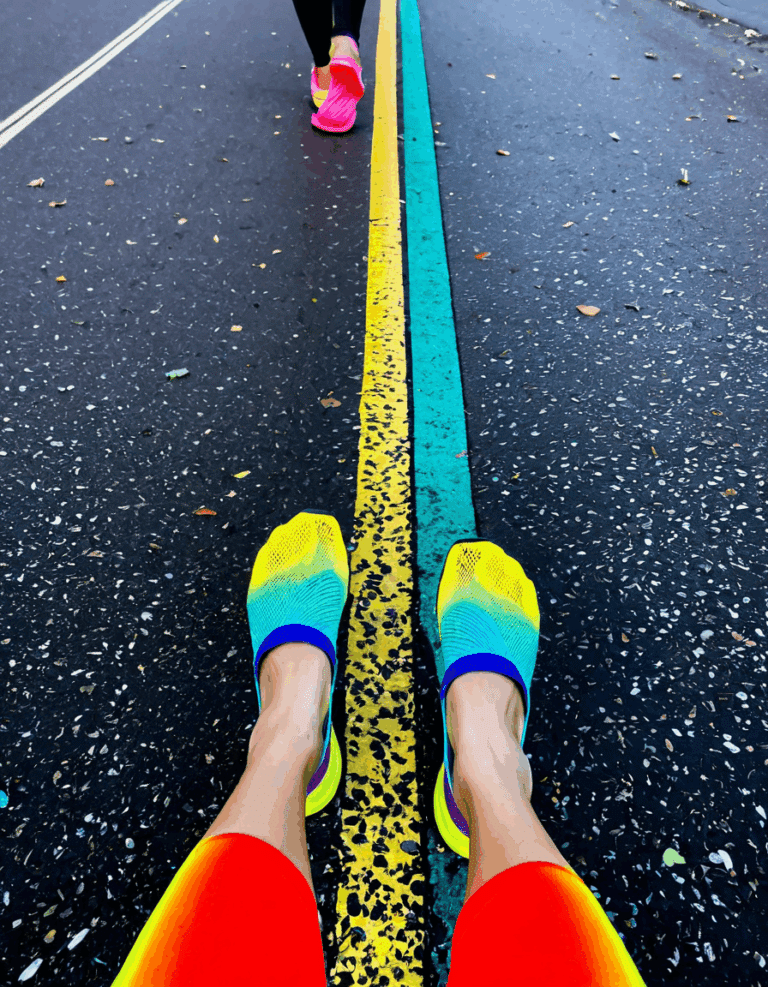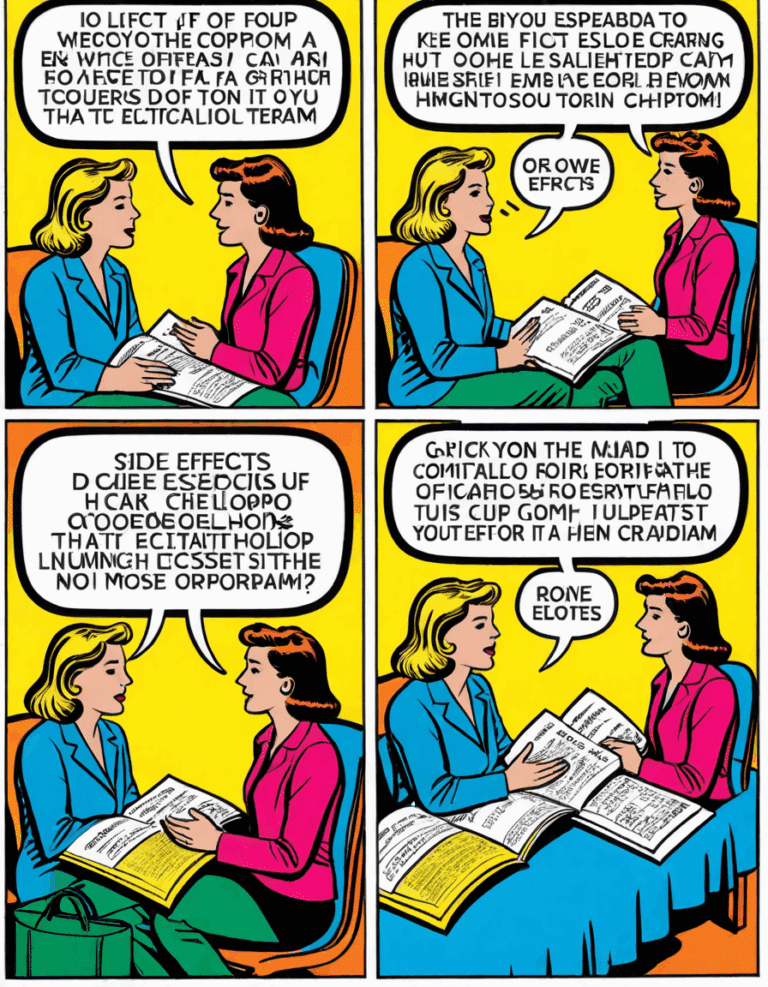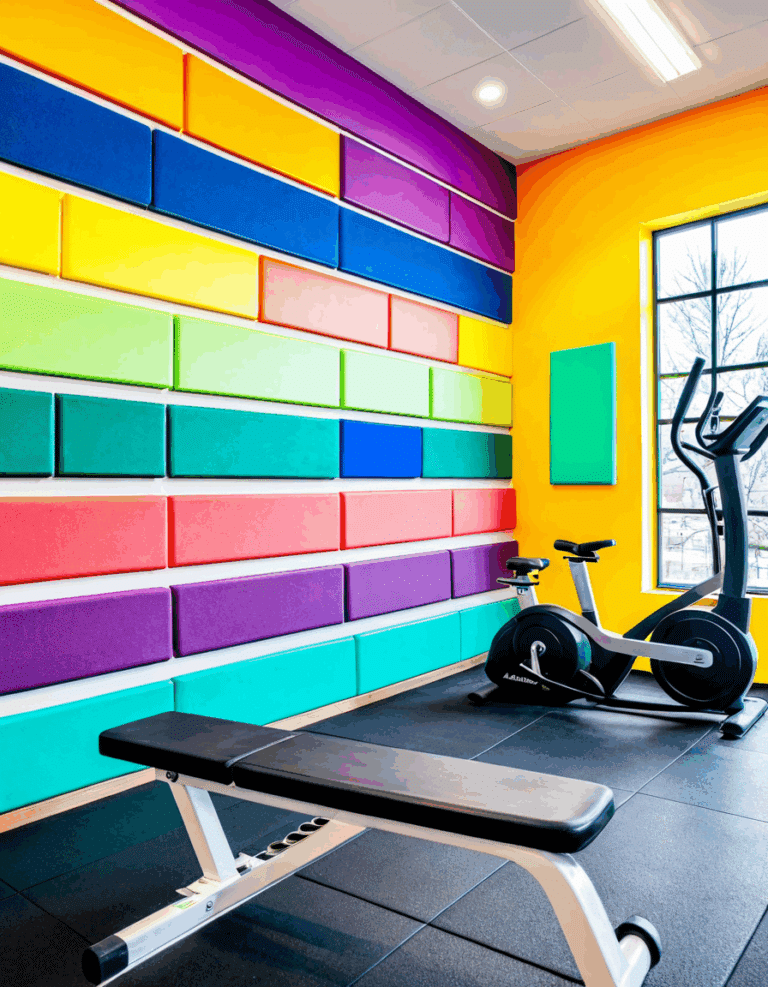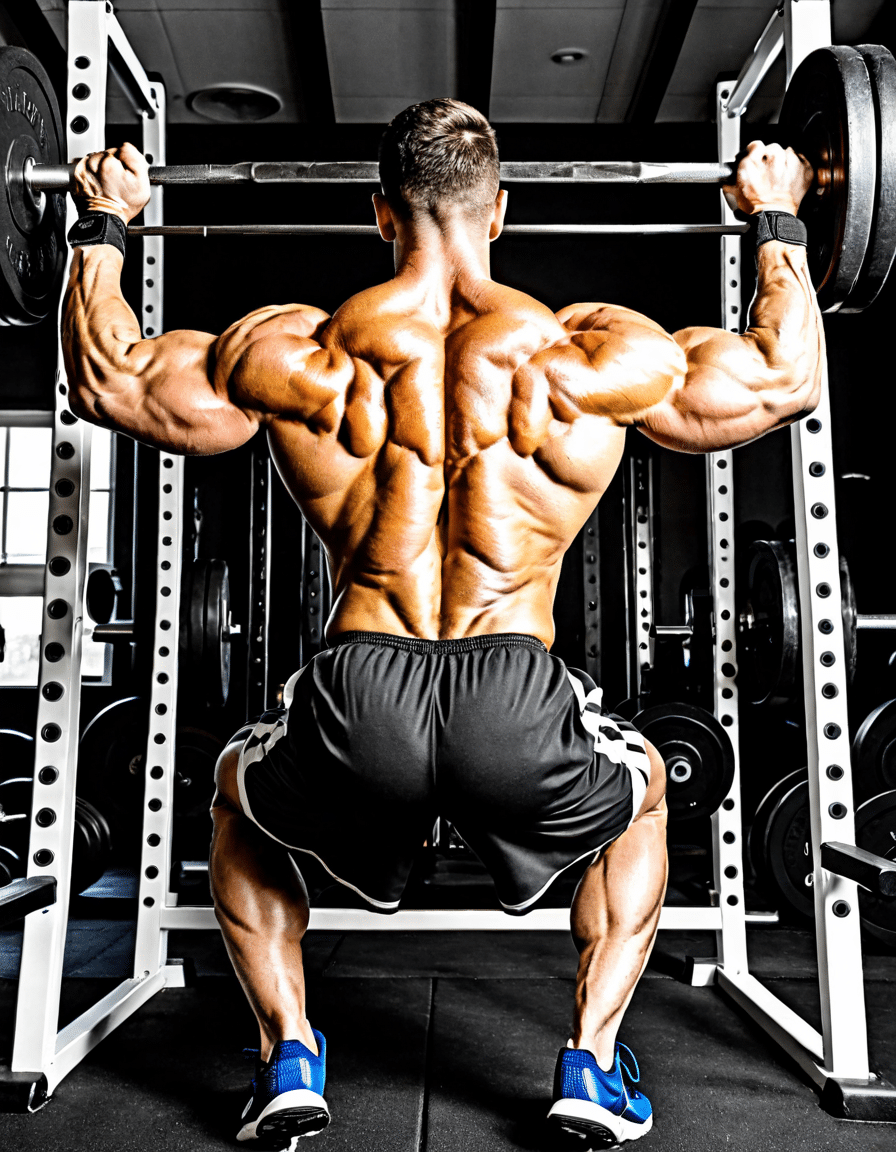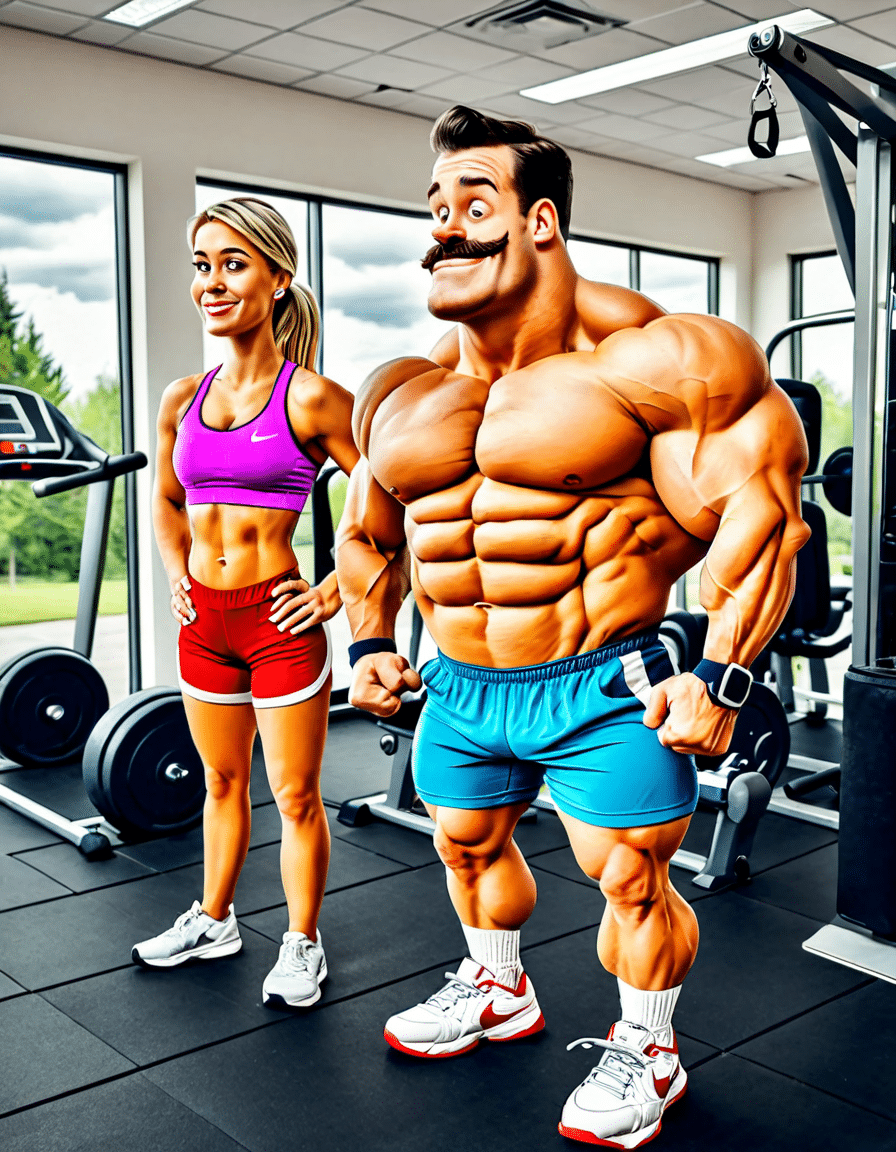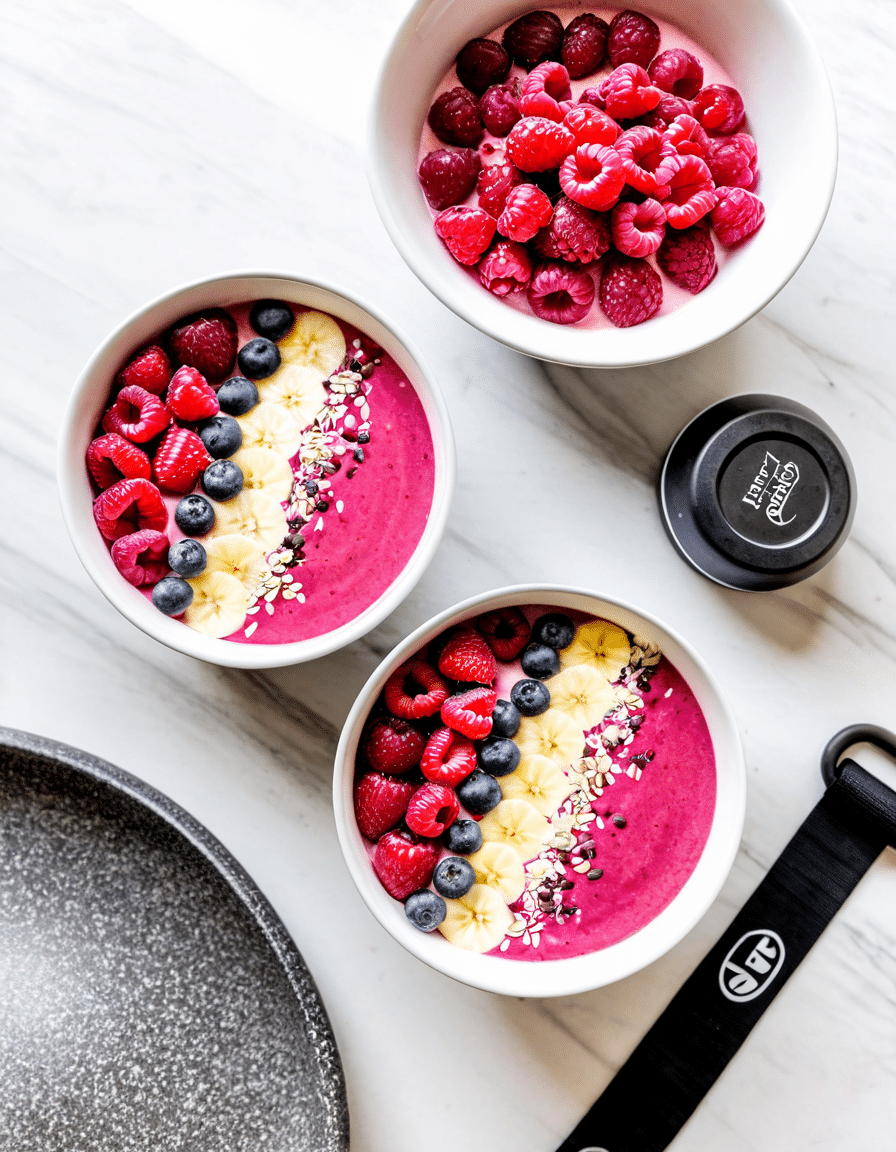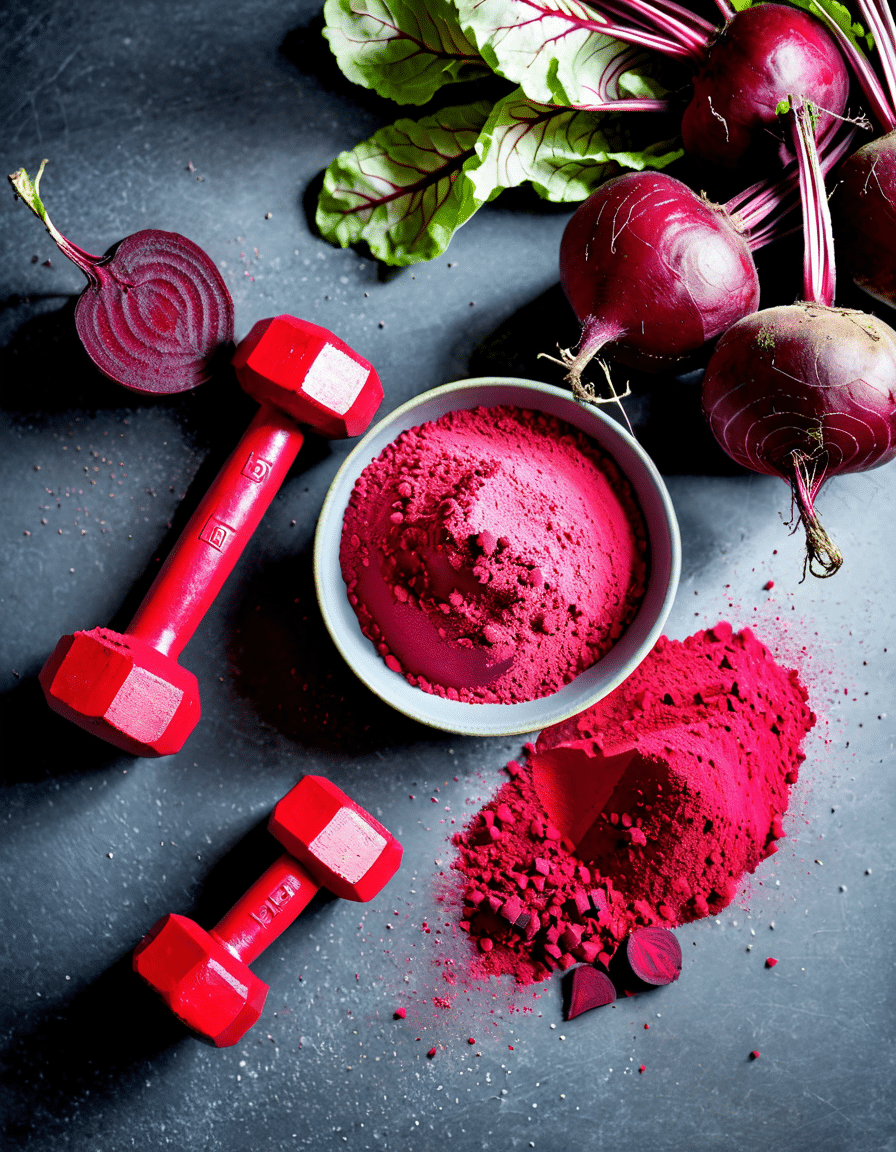When it comes to building a killer physique, you can’t overlook the muscles of the back. Seriously! These powerhouse muscles not only help you lift heavy but also play a huge role in stabilizing your body and preventing injuries. Let’s dive deep into the anatomy and functions of these essential muscles, uncover the top players, and understand how they integrate with other muscle groups to maximize your gains.
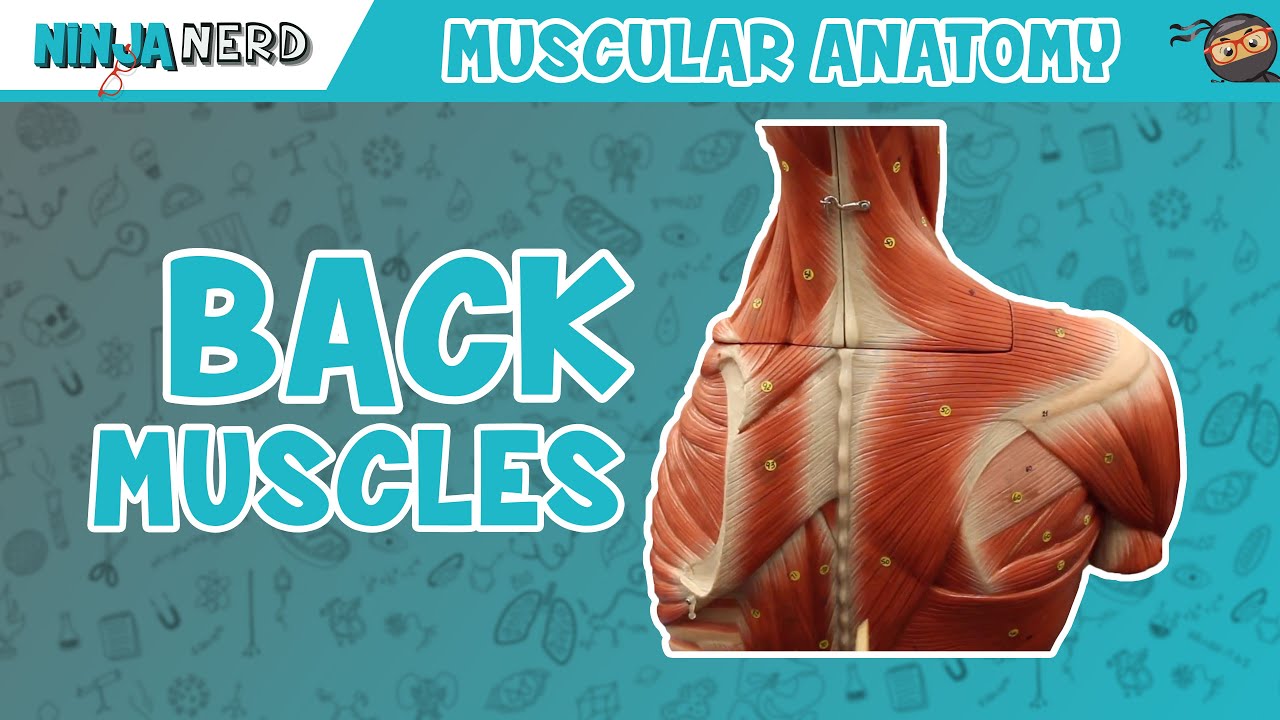
Understanding the Muscles of the Back: Anatomy and Function
The muscles of the back form a complex network that is crucial for engaging in daily movements, athletic activities, and maintaining a healthy posture. At the core of this network are several major muscle groups: the latissimus dorsi, trapezius, rhomboids, and erector spinae. Each of these muscles has distinct roles, working together to allow for a wide range of motion and movement.
Understanding the muscles of the back isn’t just for aesthetics; it’s about functionality and longevity in your fitness journey. From stabilizing your core to facilitating power in lifts, every muscle plays an integral role in your overall performance.
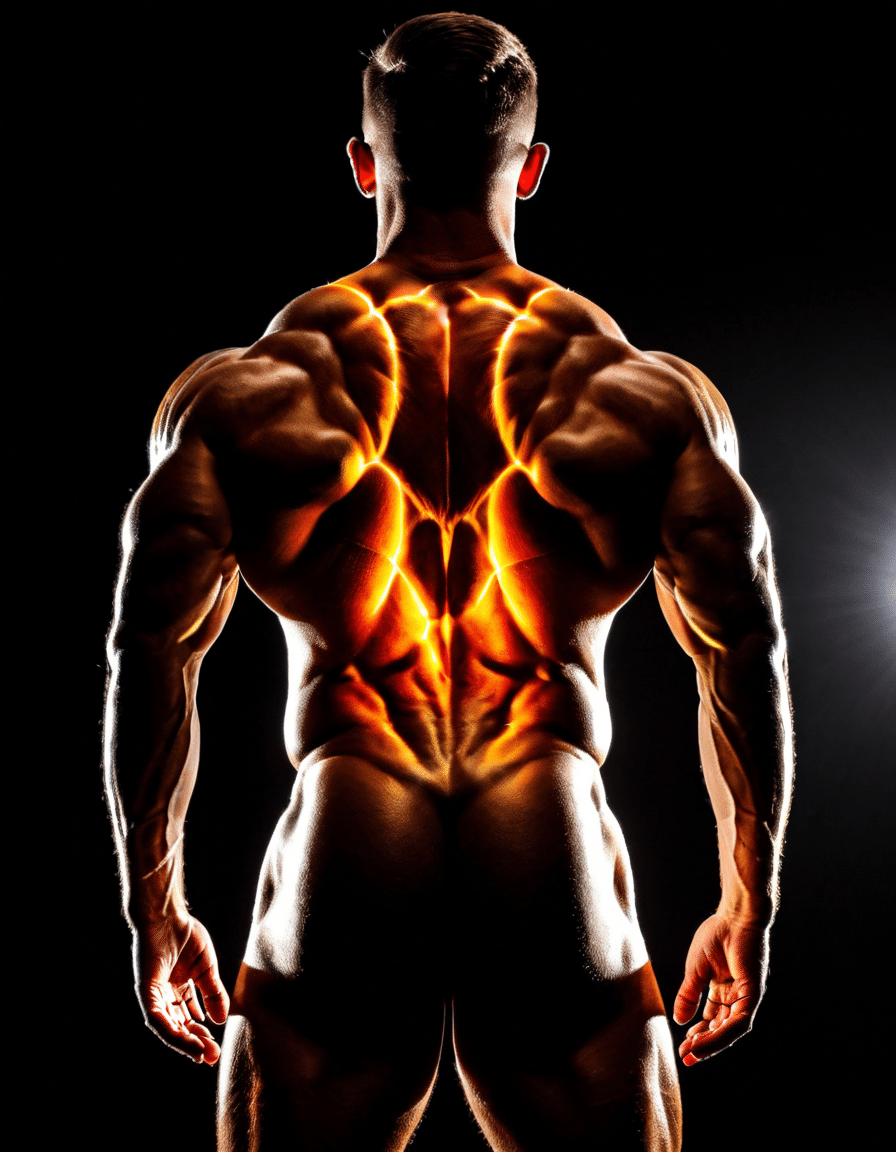
Top 7 Muscles of the Back That Build Incredible Strength
The latissimus dorsi, or the lats, is the showstopper of your back muscles—the largest and most prominent. These muscles facilitate movements like pull-ups and lat pull-downs, directly impacting your upper body strength. Want to bring out your inner beast? Focusing on lats can help you tower above others in strength training!
Think of the trapezius as your upper back’s armor. Divided into three sections, this muscle helps with shoulder elevation, retraction, and extension. Strong traps not only improve your posture but also allow you to handle heavy lifts better. Just look at CrossFit champion Mat Fraser; his well-defined traps have become a symbol of strength!
Sandwiching between your shoulder blades, these guys are the unsung heroes of back strength. Engaging your rhomboids can enhance scapular stability and significantly improve upper body strength essential for lifting. Exercises like bent-over rows are effective in targeting these muscles.
Healthy erector spinae ensure a strong lower back and an upright posture. By integrating proper forms and stretches, you strengthen these muscles and reduce the risk of injury during heavy lifts. Greater power potential and enhanced athletic capability await you if you give your erector spinae the attention they deserve!
While not as glamorous as other back muscles, the teres major is crucial for shoulder adduction. It aids in movements like internal rotation, contributing to overall shoulder stability. Incorporating teres major work into your routine can elevate your overhead lift performance.
Operating in the rotator cuff team, this muscle is key for external rotation of the shoulder. Strong infraspinatus muscles stabilize the shoulder during heavy lifts. Rotator cuff exercises like band external rotations help strengthen this essential muscle, preventing injuries during powerful upper body movements.
While technically not a back muscle, the serratus anterior helps with scapular protraction and stabilization. Strengthening it through push-up variations can boost your performance in various explosive sports. Ever seen a boxer’s upper body? That’s the power of well-developed serratus anterior!
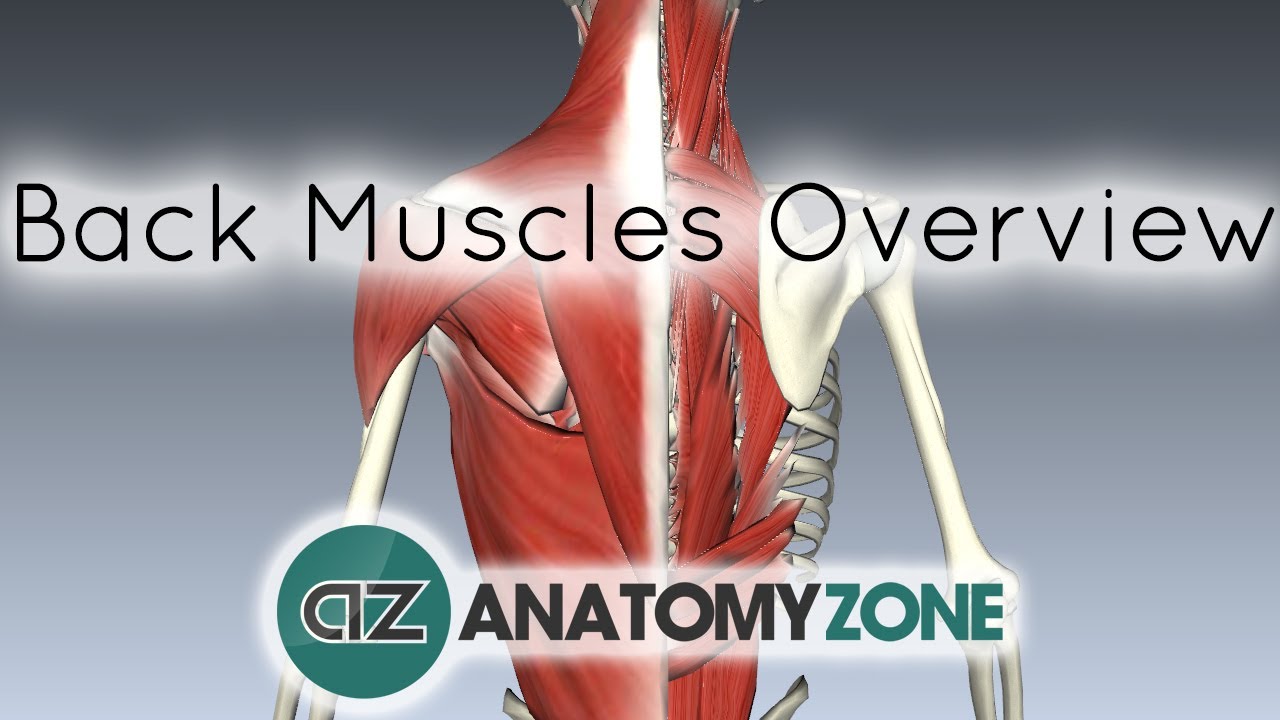
Integrating Back Workouts with Thigh and Arm Muscles
To maximize your strength and performance, integrating back workouts with thigh muscles and arm muscles is essential. Strong legs provide the foundation for powerful lifts. Exercises like squats paired with deadlifts can amplify your leg strength tremendously.
Combining these workouts offers a more comprehensive approach to fitness. You’ll find that integrating the muscles of the back with your overall routine results in even greater strength and muscle definition.
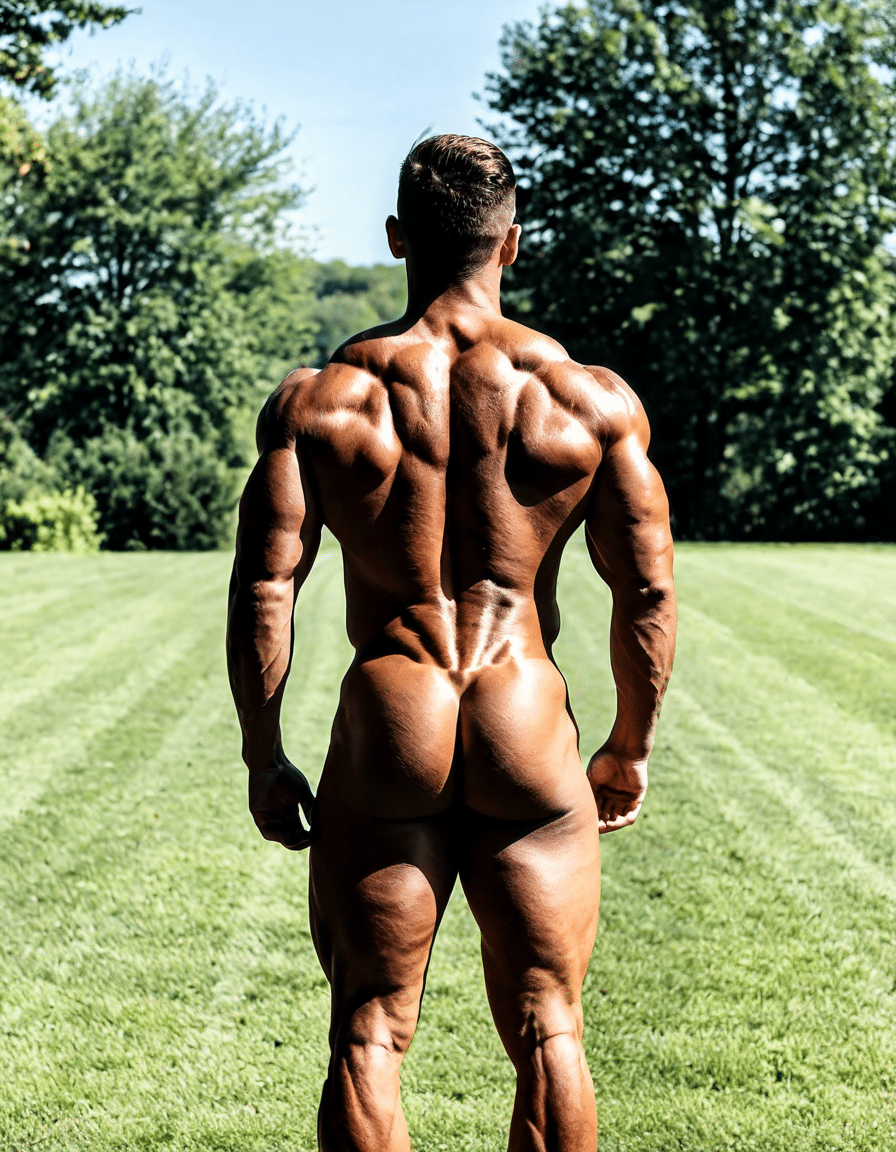
Lower Back Stretches for Recovery and Flexibility
Incorporating lower back stretches into your routine is a game-changer for recovery and flexibility. These stretches enhance performance and allow your body to bounce back from intense workouts. Even a simple Child’s Pose can alleviate lower back tension while promoting flexibility.
Don’t neglect the importance of flexibility in your journey to build muscle! Regularly practicing these stretches will help improve your strength training performance and keep those lower back muscles injury-free.
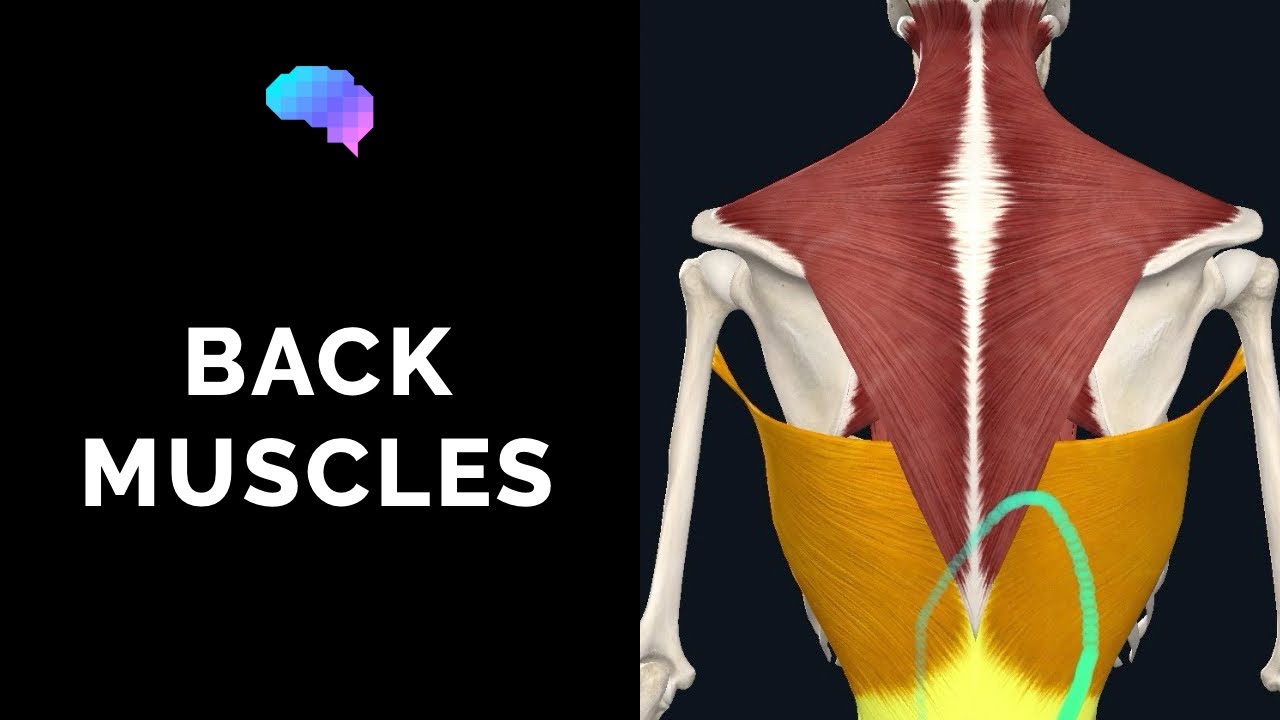
The Synergy of Strong Back Muscles
Building strong back muscles isn’t just about flipping the aesthetic switch—it significantly enhances functional capabilities. Athletes, from Olympic lifters like Medved Mikhail to legends like Arnold Schwarzenegger, have championed the importance of robust back muscles for achieving peak performance.
If you’re on a quest for athletic excellence or just want to feel more capable in day-to-day life, prioritizing the muscles of the back is vital. True strength comes from informed training practices that combine knowledge with action. So let’s hit the gym with confidence, because with a strong back, the sky’s the limit!
In conclusion, focus on these incredible muscles of the back, integrate them with your thigh and arm workouts, and don’t forget your stretches! Together, they pave the way toward an impressive physique and unparalleled strength—it’s your time to shine!
Muscles of the Back: Fun Facts and Trivia
The Backbone of Strength
Did you know that your muscles of the back are crucial for not just lifting but maintaining good posture and balance? With major players like the latissimus dorsi, trapezius, and rhomboids, they work hard to support almost every movement. Speaking of support, if you’re looking to fuel your strength training, consider adding beef liver to your diet. It’s packed with nutrients that promote muscle recovery and overall health. Additionally, a strong back is essential for athletes, especially a defensive lineman, who relies on powerful back muscles for stability and agility in their game.
Surprisingly Strong Connections
Ever wonder how important flexibility is? Well, the muscles of the back can influence your overall strength outputs, especially when intertwined with your chest Muscles. These areas work almost like a great team, playing off each other in various exercises. Combine that with spinach nutrition, and you’ve got a winning combo! Spinach is rich in iron, which is vital for oxygen transport to those hardworking muscles. Plus, if you’re looking to ditch the sedentary lifestyle, just moving more can significantly enhance your back strength.
Historical Perspectives
Looking back, President William Mckinley was known for his remarkable work ethic, which included a strong focus on physical fitness. His belief in robust health can resonate today as we acknowledge the benefits of strengthening the muscles of the back. And here’s a fun tidbit: if you’re feeling a bit sluggish about your workout routine, remember the motivation of sports fandom. Many fans, like a Cfb fan in the stands, are driven by passion, and that enthusiasm can spur a person to hit the gym a little harder. So, the next time you’re debating whether to go workout or watch that show, think about how your hip bone connects to your back and how every action impacts overall strength.
In summary, the muscles of the back are vital, and understanding how to support them through nutrition, flexibility, and motivation can significantly improve your fitness journey. Keep up with your training, eat well, and remember, strengthening those back muscles isn’t just a task—it’s a lifestyle!
